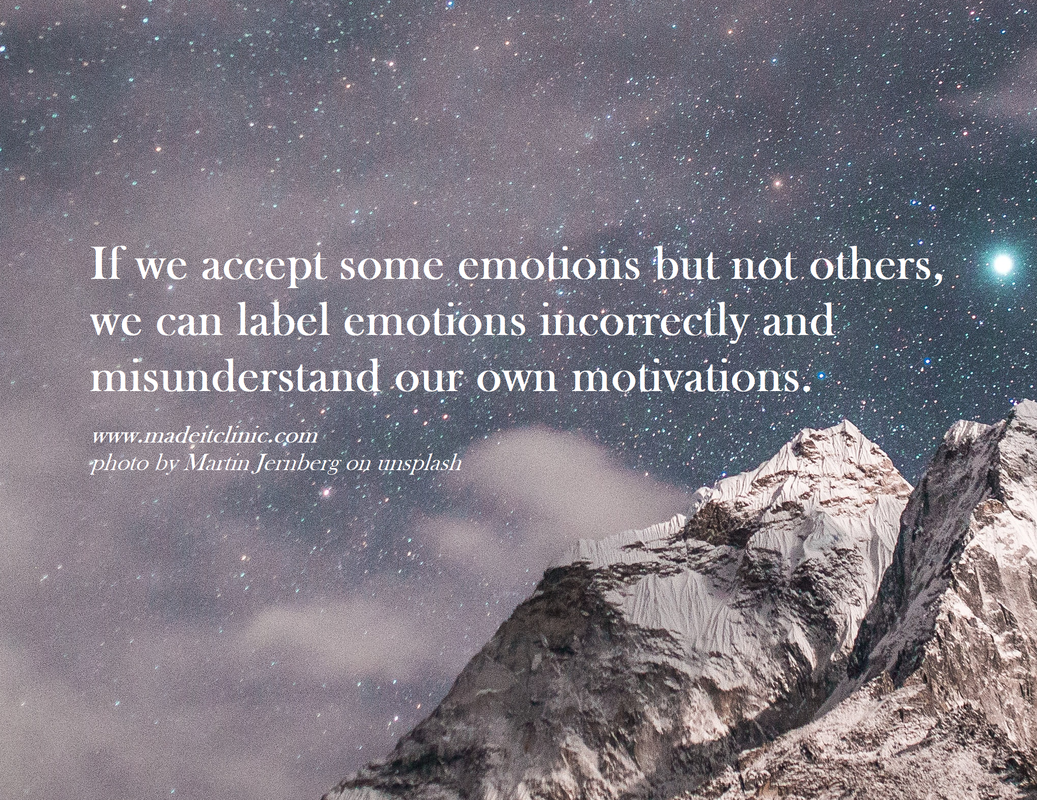|
Everyone feels emotions, but the concept is hard to define. An emotion is a combination of our bodily state (e.g. hunger, tiredness, alertness) and sensations in our bodies (e.g. hot, tingly, numb) in response to something which has occurred. This ‘something’ can be an external event such as seeing a friend unexpectedly, or an internal event such as thinking about a friend you have not seen in a while. Essentially, emotions are reactions of sorts.
We apply labels to emotional responses. We can also derive motivation from emotions. For example, if seeing a friend is exciting, we might make plans to see them again. People who are aware and able to label emotions in themselves and others correctly, and use this to discern a course of appropriate action, are said to have emotional intelligence. Having ‘emotional intelligence’ can be difficult because some emotions are shaped to be more appealing than others. For example, we are trained from an early age to prefer happiness over sadness by being told not to cry and being told to smile in photographs. Depending on how we are trained, we develop different levels of acceptance and tolerance for emotions across situations. Some people can not stand being sad. However, if we accept some emotions but not others, we can label emotions incorrectly and misunderstand our own motivations. Ever heard someone shout ‘I’m not angry!’? Sometimes, in denying or trying to get rid of an emotion quickly, we can toss the baby out with the bathwater – we can overlook valuable information about ourselves and our situation that we need in order to make an informed decision. Just as we have learnt to be unaccepting of some emotions, we can also learn to be more attune and accepting of them. There are many different ways to do this. Here are some possible steps forward:
0 Comments
Leave a Reply. |
Archives
April 2021
CategoriesSocial Media |


 RSS Feed
RSS Feed